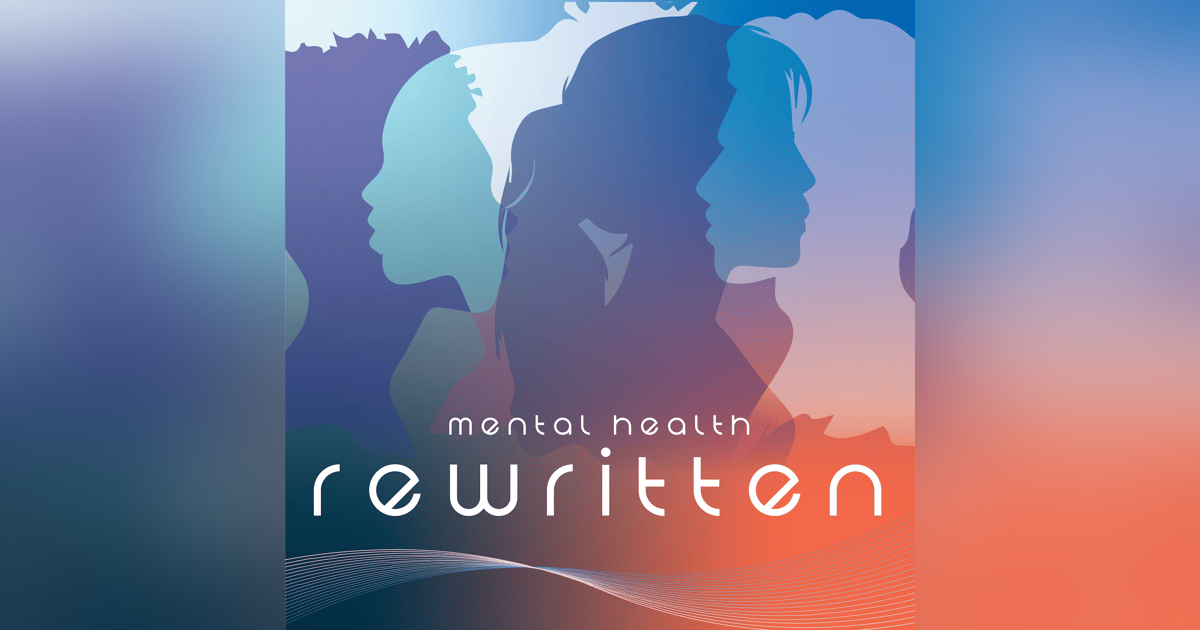Mental Margins: When Mental Health Crashes Like a Car Accident

In this Mental Margins segment, we share bonus content and confront a critical question with Jack Register from episode 106: Why do we treat mental health crises differently than physical ones?
If someone has a diabetic episode behind the wheel, we rush in with the jaws of life, pull them from the wreckage, and never question their willpower. Yet when a person spirals into suicidality or psychosis, society often steps back—expecting them to “help themselves” before we decide they’re worth saving.
This conversation dives into the systemic contradictions at the heart of mental health care:
-
The Power and Peril of Diagnosis – Labels like “narcissist” or “histrionic” are tossed around in pop culture as if they’re harmless, when in fact DSM and ICD diagnoses can alter the entire trajectory of someone’s life.
-
The Hidden Penalties of Honesty – Military members, law enforcement officers, licensed professionals, and those with security clearances risk losing their livelihoods if they disclose certain conditions. Stigma isn’t just social—it’s structural.
-
The Critical Window of 13 to 24 – The age when schizophrenia, bipolar disorder, and major depression most often emerge—just as young adults are stepping into independence. A diagnosis at this stage can reroute college, housing, and even financial aid, sometimes more drastically than a felony conviction.
-
A Godson’s Story – A brilliant 19-year-old with schizophrenia, once bound for Ivy League scholarships, now cycles through homelessness, suicide attempts, and a chaotic care system that changes his medication with each insurance shift—each “fix” spiraling him further from stability.
At the heart of this reflection is a haunting metaphor: an emotional car accident. When the crash comes, we too often stand at the roadside, unsure if we’re allowed to intervene—when what’s needed is decisive, lifesaving action.
Background Context:
The DSM-5 and ICD-11 both emphasize that mental disorders are defined not only by symptoms but by their impact on functioning and social participation. Yet history shows us how easily labels can be weaponized—from Benjamin Rush’s early 19th-century medical pathologizing of “moral” failings to today’s casual pop-psychology shorthand of “toxic” or “narcissistic.”
This segment underscores the moral tension in diagnosis: clinical categories can validate care, but they can also exclude, penalize, or silence those already most vulnerable.
In the end, the question remains: If we would pull a stranger from the wreckage of a car without hesitation, why do we hesitate when the crash is invisible, when it is of the mind?





